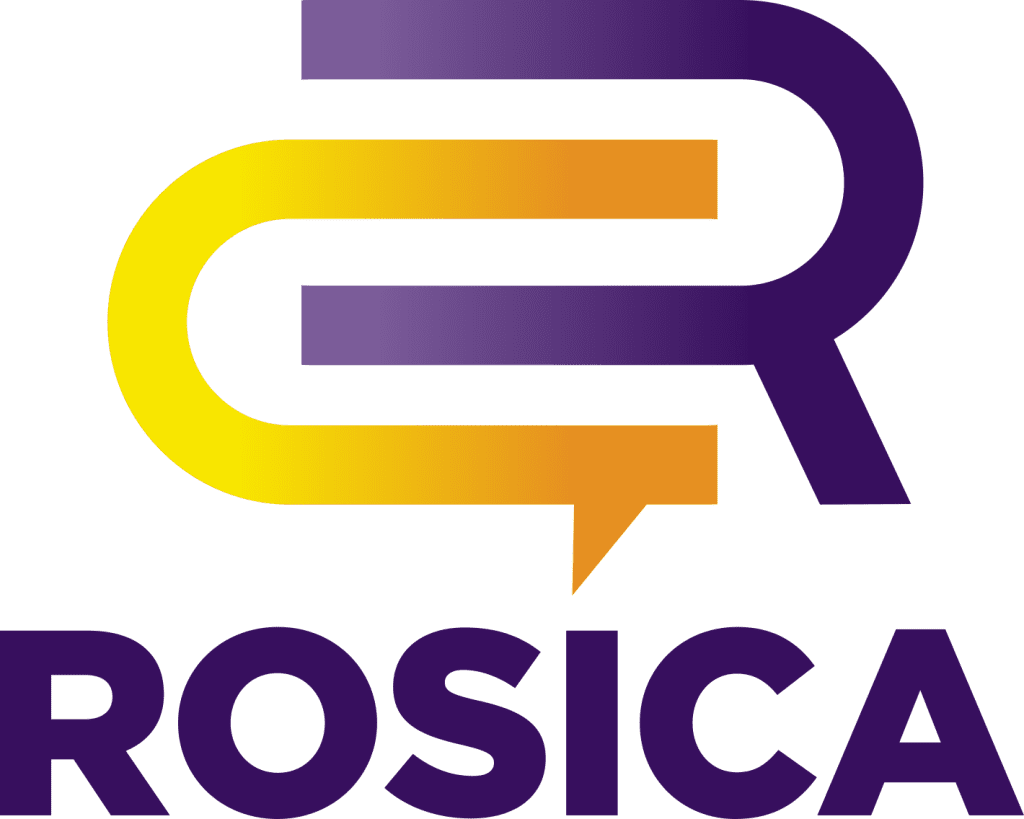While we’ve written extensively on cause marketing, Rosica would like to take the opportunity to share insights on corporate social responsibility (CSR).
Historically, individuals have done most of the charitable giving. In fact, according to Charity Navigator, 70% of all nonprofit donations (not including bequests) are donated by individuals rather than corporations.
Community or cause impact is not only valued by your stakeholders – but often expected. Therefore, it is no surprise that in recent years, corporations have increased charitable giving (as indicated in the same Charity Navigator data set).
A corporate giving practice and strategy, CSR is rapidly growing in importance and adoption. A 2021 study conducted by Harvard Business School found that “Seventy percent of Americans believe it’s either somewhat or very important for companies to make the world a better place.” Increasingly, members of the emerging workforce are interested in working for companies rooted in strong values and eager to help society. In fact, data shows that employees, customers, and consumers alike care about organizations’ efforts to lead with purpose and ethics.
Statistics illustrating CSR’s impact on internal audiences are telling. An effective CSR strategy reflects a company that cares, and this is exactly what employees, current and prospective, desire. CSR is a win-win for organizations because it is meaningful action that also inspires others to get behind you (and the cause) and support the effort. This might mean encouraging team members to volunteer to help a nonprofit or to contribute other resources as they see fit. It also may entail deploying a charitable contribution matching (CCM) option. When companies offer this a as part of their CSR program, directing a portion of charitable giving to causes their employees are interested in supporting, it can improve employee productivity even further.
Evaluate Your “Why”
Organizations that effectively execute CSR initiatives seamlessly integrate their mission and values into everyday work and operations; and authenticity is the fuel that drives this success.
An organization must first identify the cause it wants to partner with. Evaluating how a particular cause supports your mission and helps bring meaning to everyday work, select a cause partner that resonates and that people in your organization, from bottom to top, can rally around. Education companies may support nonprofits that address equity in school systems or help bridge the digital divide, while other organizations may give to charities that align with their values, passions, or interests. Regardless, companies should research organizations with missions that are in sync with their goals and determine the best way to approach partnerships with them.
Communicate Your Cause
Once you have established the imperatives and why of your CSR program, it is important to share the news with others. To make an impact and leverage your CSR initiatives, it is key to have a plan in place. Strategic communication about the causes your organization supports is essential in ensuring employees and partners understand your mission and the reason for its philanthropic endeavors.
As stated, the stakeholder group companies rank as the most important audience for CSR is employees, as it fosters a loyalty, engagement, and productivity. When staff know their employer cares, it creates good will and supports a caring work environment that can help attract and retain great people.
Of course, organizations that adopt CSR and clearly articulates its commitments, goals, and values will want to also communicate it to partners, customers, and other external stakeholder groups.
Amplify your Impact
It is essential to prove your values with action. Team members will want to see consistency and accountability in carrying out a CSR program. A 2019 survey found that 46% of consumers paid close attention to a brands’ social responsibility efforts. This shows that people want to see that a for-profit or nonprofit organization is actively living up to its stated mission and pledge to helping others. A best practice that we’ve seen with our PR agency is to leverage CSR activities and showcase them on social media pages and through such corporate communications activities as stakeholder communications, thought leadership, website comms., digital marketing, and other channels.
Conclusion
When your people understand and align with your CSR activities, this creates a mission-driven culture that inspires and brings meaning to day-to-day work life. Be sure to demonstrate sincerity by walking the walk and clearly expressing your why, consistently sharing it with internal and external stakeholders.
The practice of CSR is here to stay and can markedly help attract and retain a talented team. Americans increasingly care about the values organizations promote and are more inclined to support companies that are ethical and dedicated to giving back. Employing a CSR program can help organizations and make it possible for them to do their part in making the world a better place – something employees, particularly Gen Z, care deeply about and have come to expect.

